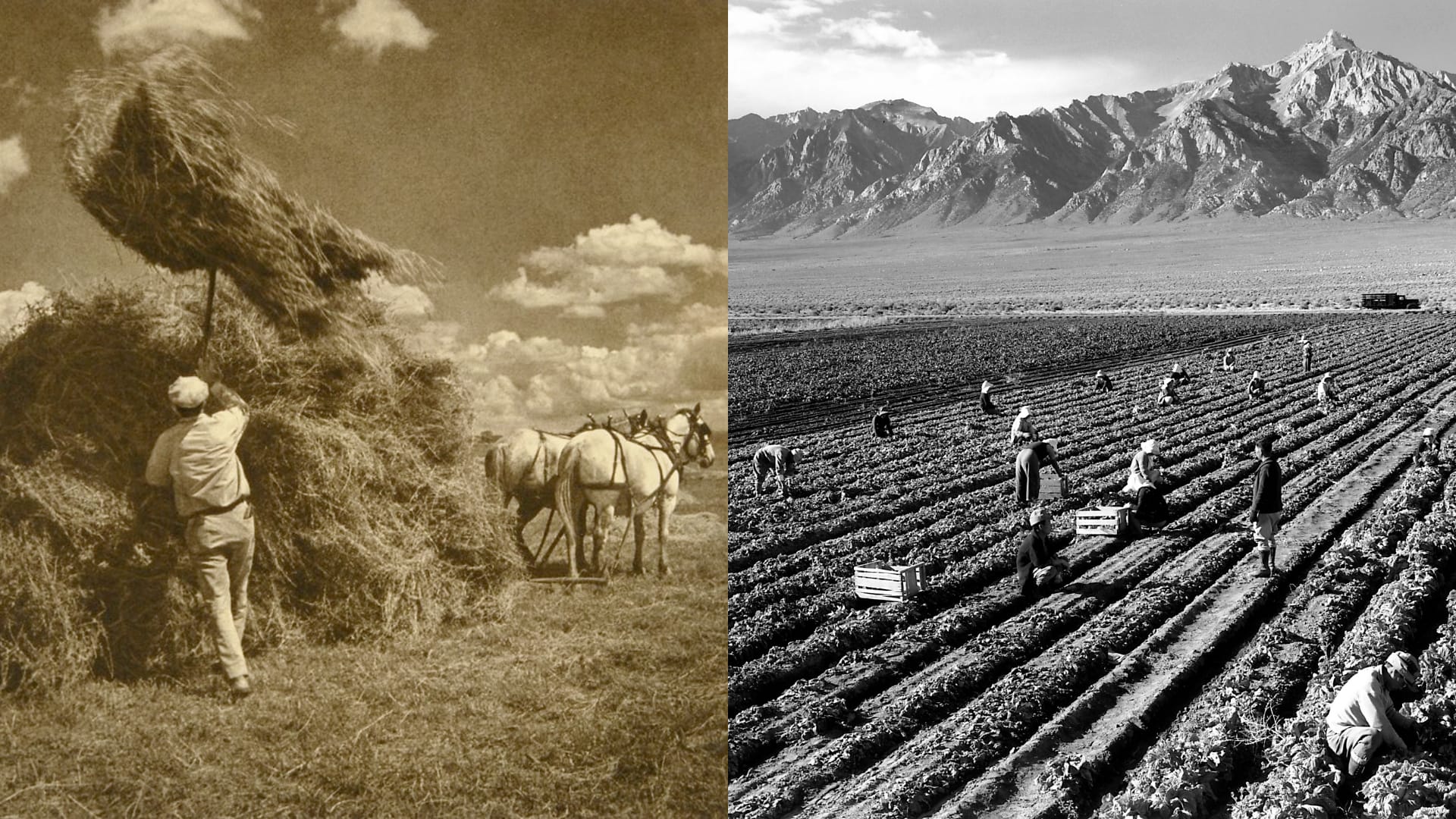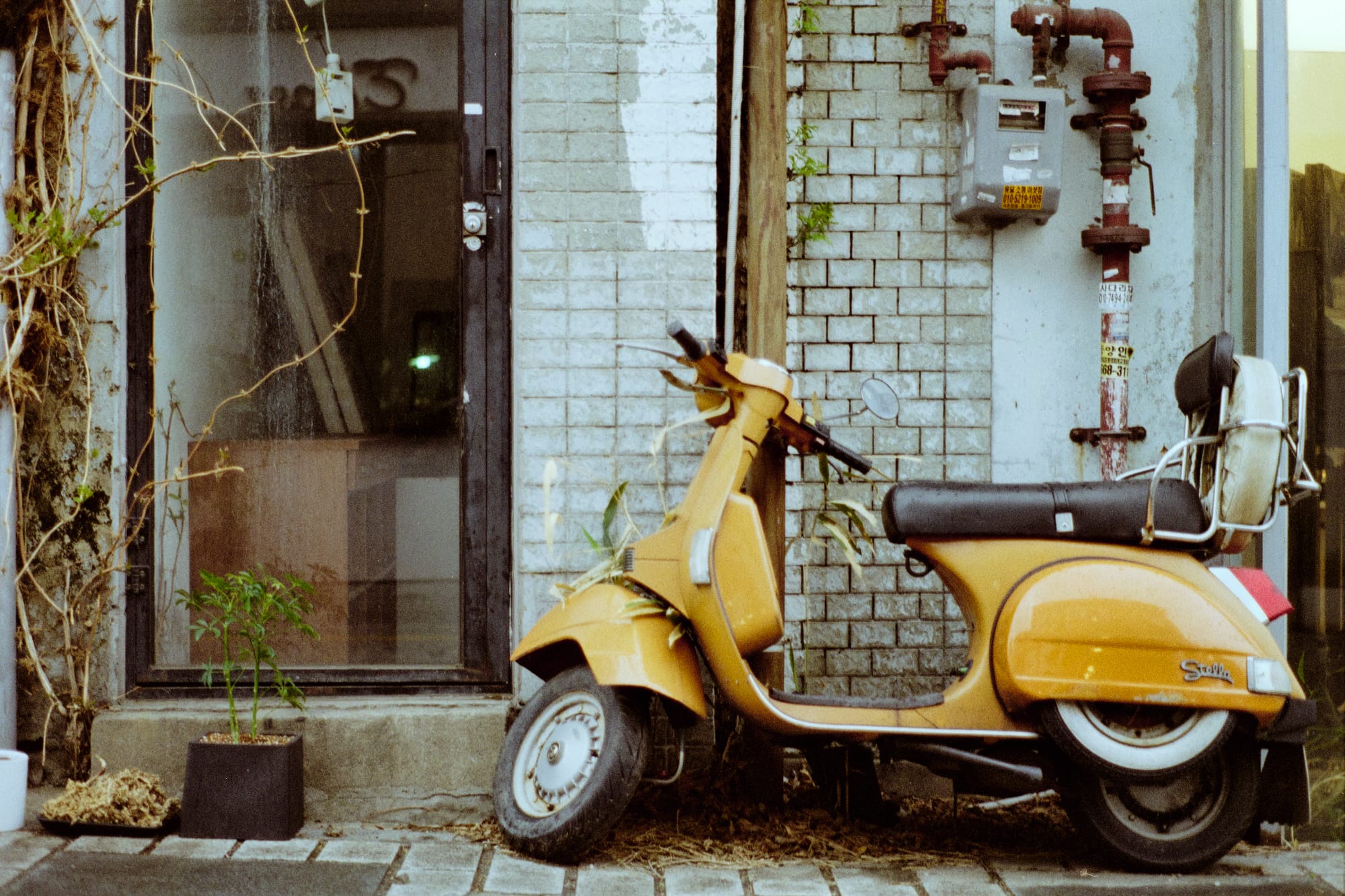All Photographs are Lies*
No one can agree what street photography is. I think most attempts boil down to gatekeeping, and are built on very shaky intellectual foundations. Let's blow some of that up.

* by which I mean “there is no such thing as straight photography”, but that wouldn’t be nearly as attention-grabbing as the title I chose for this article.
Over the past few months I’ve run across a handful of claims—some explicit, some implicit—about the nature of photography that have made me uncomfortable. These claims make me uncomfortable because they serve as tools of gatekeeping and exclusion under the guise of received wisdom or even bald fact.
Here is one such claim that stands out to me, from Nick Turpin. From his own definition of street photography, what distinguishes street photography is that
“There is a general societal acceptance that a photograph has a strong relationship to the scene or event it portrays.”
I mention Turpin and his definition specifically because he wields this distinction to support the further claim that one cannot do street photography with a smartphone. In an interview with Black Kamera he is quite explicit: “an algorithm written by Apple engineers invents reality”. His point being if the camera is inventing reality, then we have clearly left the realm of street photography.
∴ If you can’t afford a “proper” camera, you can't do street photography, q.e.d.
This feels, intended or not, unnecessarily gatekeepy. I want to blow this up. I like photography better as an inclusive pursuit, not an exclusive club
Back to the narrative: Turpin’s claim is simultaneously very weak and very strong, likely the result of hedging and avoidance. Weak, in that having “a strong relationship” is too vague a description to be meaningful. Strong in that very clearly not all photographs have any kind of relationship to the subject being photographed (for example, abstract photography).
I’m going to twist this claim around to make it clearer; my aim is not to set up a strawman, but to try to get at the heart of what Turpin means.
“Street/documentary photography aims to create images that accurately represent some objective truth of the scene being photographed.”
We need a name for this claim. I’m going to call it the central claim of straight photography. Straight photography, because (as I'll write about in the future) the roots of this idea can be traced back to Ansel Adams and the straight photography movement.
And to be honest, there is an intuitive appeal to this kind of claim. Cameras really are more like scientific instruments than artist’s tools. They just feel tailor-made for making recordings rather than art (although obviously they can also make art). This idea is precisely what makes photojournalism viable as a source of news. We need to believe that the photographs published as news are reliable witnesses to important events, as much as the words in the accompanying story are.
But, however we make the claim, there is a serious flaw—at least one of the underlying assumptions isn’t going to hold up to much scrutiny. Here are
- Documentary photographers are capable of objectively composing a scene and selecting when to press the shutter without bias, prejudice, or interpretation of any kind.
- Some cameras are capable of capturing and rendering a scene objectively and truthfully. And some are not capable of doing so (e.g. smart phones). And we have clear standards to separate them.
- Some processes used for producing a finished photograph preserve the image's veracity. And some do not. And we have clear standards for distinguishing between them.
- There are clear and objective standards for producing a finished photograph (i.e. editing) that do not alter the image's veracity.
- We have a clear conception of what it means to render a scene objectively and truthfully, of what a veracious photo is.
I don't take this list of assumptions to be exhaustive, but merely illustrative. But they are all on very shaky ground. Indeed, I don't think any of them hold up. And if they don't hold up, then the very concept of straight photography that underlies Turpin's definition (and many others) isn't going to get us anywhere useful or helpful. Indeed, maybe even the entire concept of photojournalism is a non-starter. I can accept that.
Anyway, today my only aim is to stake out a (counter-)claim, and set the stage. I know I'm not the first one to raise these issues, but I do (being a philosopher) want to really dig into these assumptions, turn them over, examine them carefully. And I want to introduce others who have written on these topics (both for and against the various theses floated here), and see what we can learn from them.
[Next in the series: “Setting the Stage—Pictorialism vs Straight Photography”]
Support this blog
If you enjoy reading this blog, I encourage you to consider purchasing a book or print to show your support. And if you're into analog photography, check out my new mobile app Crown + Flint.

